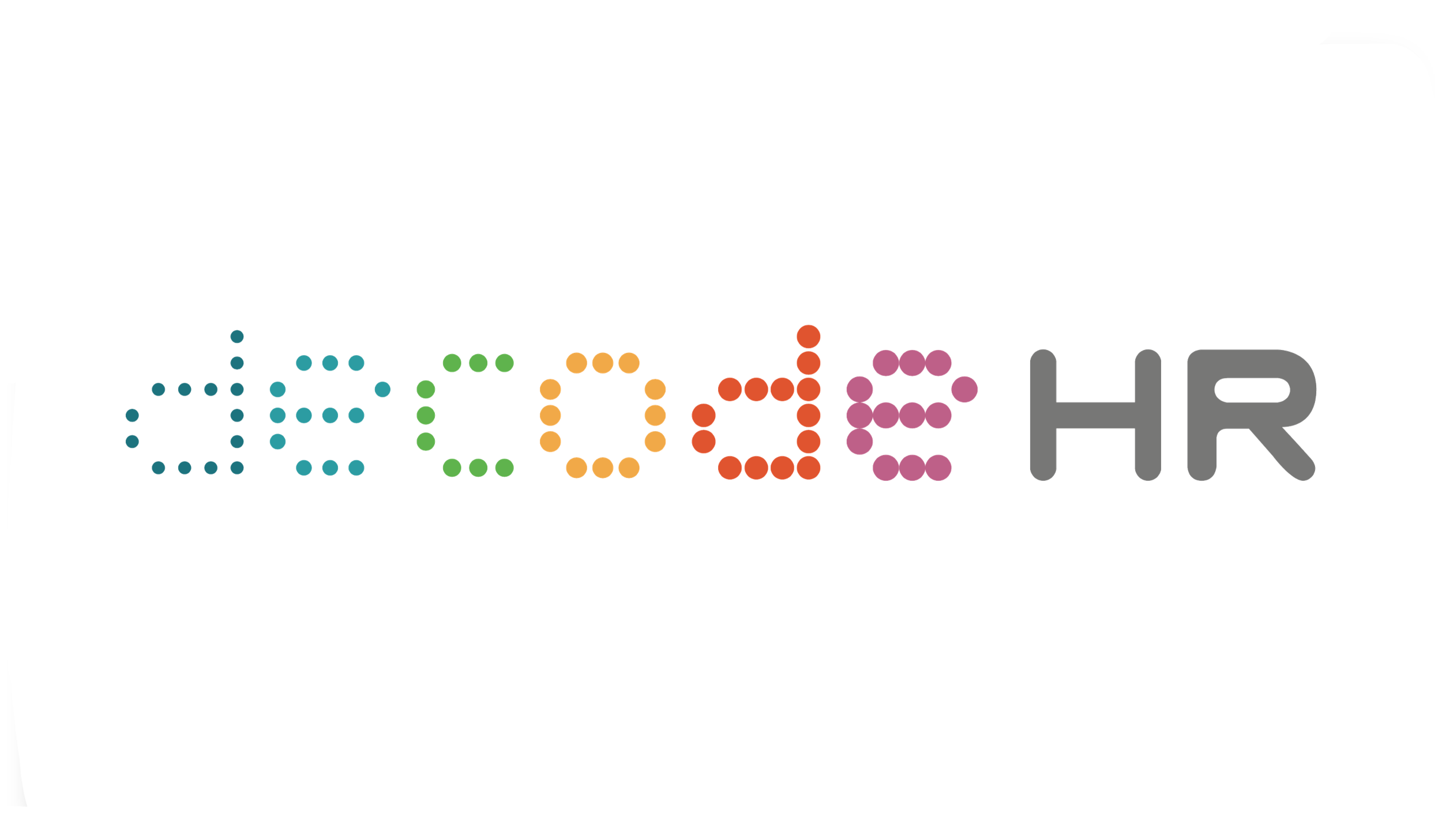The Way Forward: Customised Wellness Solutions
Reading time: 4 mins
Partner Spotlight: wellteq
One-size-fits-all wellness apps are fast becoming obsolete. Instead, we’re seeing the emergence of data-driven and customisable technology, enabling thousands of employees to have their own personal wellness “coach” on their phones, in their pockets.
A major Singapore bank recently used an app by corporate wellness solutions provider wellteq to increase the average sleep time of its participating employees by 34 minutes every night.
Considering that a study showed that people in Singapore are the third most sleep-starved population in the world after Tokyo and Seoul, and that a 2021 global sleep survey by Philips found that about 1 in 3 Singaporeans report sleeping less each night due to pandemic-induced stress, that is a major feat.
How the app worked was that each person gets a personalised user journey based on their health profile and interests or goals.
They would have different sleep challenges to surmount, resources and even coaches. For instance, they might be gently nudged - a few minutes or hours before they go to bed - that it is time to turn off their phone.
“It was customised and bespoke to each user,” said Stoyan Licina, wellteq’s sales manager. “As sleep is one of the pillars of well-being, this outcome delivered a huge flow-on effect for energy, productivity, burnout prevention and mental well-being.”
A Personal Digital Wellness Coach
Indeed, the element of customisation marks the future of digital health apps. When it comes to well-being, everyone has different needs.
The collection and management of data allow customisation at scale, so thousands of employees can have their own wellness “coach” on their phones, in their pockets.
The wellteq app, for instance, collects data on body measurements, body composition, nutrition, sleep and activity, to provide advice on risk identification and prevention.
wellteq sales manager Stoyan Licina showcasing wellteq’s offerings
Said Stoyan, “The tech market is going down the route of you having your own wellness app, rather than one-size-fits-all. If an app only does one thing, there will be a very small percentage of users.
“But holistic applications like wellteq tops the charts because the application understands your behaviour and targets you with content based on your needs. You get your own personal assistant in your pocket and you get nudged throughout the day, on your watch and on your phone.”
wellteq’s offerings
For Stoyan, who wants to keep active, the app would nudge him to leave for a nearby destination perhaps 15 minutes earlier so he can walk, instead of having to take a taxi or a bus.
There is also a gamification element involved, whereby he could score more points for a challenge by doing so.
He acknowledges that in an era where people are suffering from Zoom and screen fatigue, the idea of wellness via yet another app may seem ironic.
But he explained, “We like to say that our app works best when you’re not on it, because this means that you are out there, exercising and getting to where you need to be.”
It also has elements which encourage interaction. “You can set collective wellness goals as a team, go on team runs, take a selfie and people can see it, like and comment. You can actually collaborate and engage through those means as long as there is social distancing.”
Currently, wellteq is focusing on the Asia-Pacific market. Asia’s corporate wellness market will more than double by 2024, as countries including China and Japan are fuelling massive rises in wellness spending as companies do more for their employees’ health.
“In 2021, I have definitely seen a massive upward trend in terms of openness from companies in the Asia-Pacific region, about wellness. That’s great because having a resilient workforce is really the top goal of a company.”
Partner Spotlight is a DecodeHR initiative which features our HR tech partners.
Meet wellteq and our other tech partners here. Feel free to get in touch here if you’d like some advice on digitalisation.








